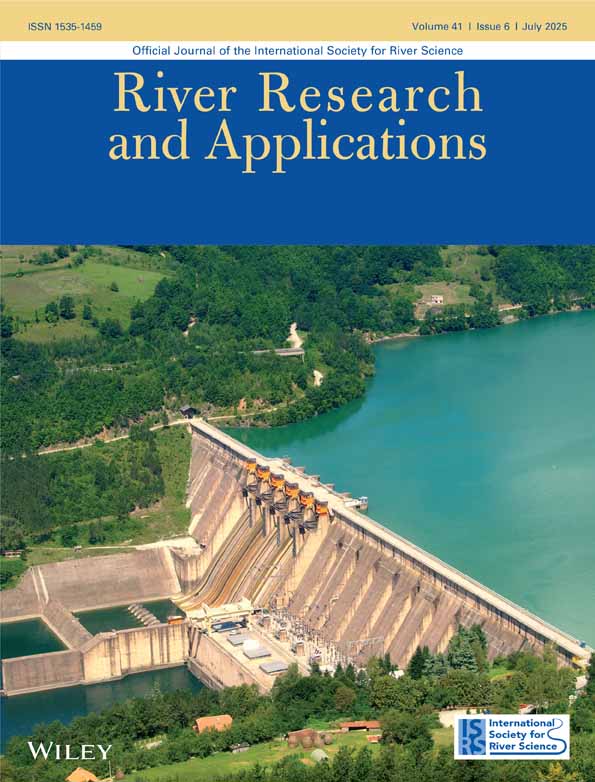Do juvenile Atlantic salmon parr track local changes in water velocity?†
Reproduced with the permission of her majesty's stationery office. Published by John Wiley & Sons, Ltd.
Abstract
When given a choice of two flows and constant food availability, salmon parr should choose the lower flow if they are to optimize their net energy gain . In a two-choice test carried out in a recirculating flume, there was no significant selection for ranges of naturally occurring high (mean mid-column velocities of 19.5–25.2 cm s−1) or low (7.2–10.0 cm s−1) summer flows. To test whether this result might indicate that only a proportion of the population chose optimal flows, the positions of the flows were reversed. All fish that initially chose low flow remained site-attached when the flows were reversed. A significant proportion of the fish that initially chose high flow moved when the flows were reversed. Hence, there is no evidence that salmon can integrate energy costs and gains to optimize their feeding positions. However, the behaviour of some individual fish was consistent with a ‘rule of thumb’ of following high flows, which may improve foraging efficiency in natural streams above random in the long but not short term. The findings show that only a fraction of the parr in a population redistribute themselves in response to changes in discharge and therefore a fundamental assumption of some instream flow models is questioned. © Crown Copyright 2003. Reproduced with the permission of her majesty's stationery office. Published by John Wiley & Sons, Ltd.




